Audio Receiver Guide: What Should You Know
Choosing the best audio receiver can be a difficult task. Even the most affordable models can be intimidating, with many perplexing features. It is where we step in. We know audio receivers inside and out and know what information you need to choose a good one. In this article, we’ve broken down the key steps…
There is no substitute for a good audio receiver when recreating the authentic movie-theater experience at home. Consider it your audio-video system’s traffic cop, routing video from your sources to your display and sending audio to your speakers. Some AV receivers can do much more—for a price. Which AV receiver is best depends on your requirements, so we provide several suggestions for various scenarios.
Choosing the best AV receiver can be a difficult task. Even the most affordable models can be intimidating, with many perplexing features. It is where we step in. We know audio receivers inside and out and know what information you need to choose a good one.
In this article, we’ve broken down the key steps to selecting an AV receiver, from the number of channels you need and how to get the right amount of power to wireless audio and surround sound programs. See our article on the best audio receivers for our top picks.
Most people are still trying to figure out what a stereo receiver does or whether they even need one. In this stereo receivers guide, we will answer all of your questions!

What is an Audio Receiver?
An audiovisual receiver (AVR) is both an amplifier and an audio/video switching device that serves as the hub of your home theater. The most important aspects of your home theater are controlled by AVRs: what you see and hear.
Consider your typical home theater. It could include a DVD player, a Blu-Ray player, an Apple TV hub, or speaker receiver. It will, of course, have a television. An AVR can be connected to any of these devices and receive signals from them. The AVR then coordinates and sends these signals to the appropriate output locations.
What Does an Audio Receiver Do?
A home theater’s audio receiver serves as its central processing unit. An audio receiver is an electronic component that controls and drives your home theater experience. Before evaluating audio receivers, you must first understand what an audio receiver does.
The following steps have been assigned to the audio receiver:
- Connects and switches your audio sources: Your Audio receiver should be connected to every audio source in your home theater. The receiver’s preamplifier section allows you to easily switch to (or select) the audio source you want to listen to.
- Tuners in radio programming: A radio tuner is included in the definition of a receiver. Satellite radio receivers for XM or Sirius radio are available in various audio receivers. If you want to watch sports or other satellite-exclusive content, consider building this capability into your audio receiver. However, you will have to pay an additional fee for the subscription. If you don’t want to pay more but still want to listen to “digital” radio, look for a receiver that can receive the new (and free) HD Radio format.
- Decodes surround-sound formats: An audio receiver’s ability to decode analog and digital surround-sound formats distinguishes it from a more traditional stereo receiver (the plain old stereo you’ve had for years).
- Amplifies audio signals to power multiple speakers: Another distinguishing feature of an audio receiver is that it has at least five channels of amplification to power (or drive) your surround-sound speaker receiver.
- The steps are the user experience for your home theater: The interface comprises the receiver’s remote control, the displays on the receiver’s face, and (in many cases) an onscreen display on your television. These components allow you to control all electronic components in your home theater.
What Is the Function of an Audio Receiver?
Let’s get right to the point. What exactly is the function of an AV receiver? The function of an AV receiver is to receive signals from various audio and video sources, amplify them (using a built-in amplifier), and transmit them to your output device’s multiple AV channels. It also supports audio and video switching when receiving signals from multiple inputs. Tuning and listening to radio stations is also done with AV receivers!
The integrated amplifier must amplify the audio signals to drive multiple speaker receiver! Your televisions, monitors, and speakers receive and amplify the signals received and amplified from your digital audio and video inputs (output devices).
What Are the Parts of a Stereo Receiver?
A stereo receiver is one device that can perform multiple functions. A receiver is made up of the following parts:
- Inputs for audio and video (Audio Devices, Blu-Ray Player, DVD players, Game Consoles, CD Player)
- Pre-amplifier
- The decoder of Surround Sound (Signal Processor)
- Amplifiers with High Power
- Outputs (Television, Speakers, Monitors) (Television, Speakers, Monitors)
Let us attempt to comprehend the path of audio and video signals from input devices to output devices. The audio or video sources send signals to the receiver using connected cables. When the device receives the signal, its pre-amplifier defines the signal line and amplifies it to a certain extent.
Regarding that, the receiver sends your video signal to your display device and your audio signal to the decoder. The role of the decoder is critical. It extracts the various audio channels from the signal and sends them to the power amplifier, routing them to the desired output channels.
What Do Audio Receiver Channels Mean?
The term “channel” is frequently used when discussing a speaker receiver or surround sound system, but what exactly does it mean?
For example, we frequently see the “5.1 channel system” written down when looking for home theater systems. It means that your system has 5 amplification channels. In our section on surround sound formats, we’ll go over it in greater detail below.
Receivers are divided into stereo receivers and A/V receivers (also called surround receivers). Although they are used interchangeably, there is a slight difference. A stereo receiver has only two amplification channels, with or without a subwoofer. An A/V receiver, on the other hand, may have two or more channels of amplification and is mostly used for the best surround sound systems.
Top 10 Things to Consider on How to Choose an Audio Receiver
Choosing the best audio receiver can be a difficult task. Even the most affordable models can be intimidating, with many perplexing features. It is where we step in. We know audio receivers inside and out and know what information you need to choose a good one.
In this article, we’ve broken down the key steps to selecting an audio receiver, from the number of channels you need and how to get the right amount of power to wireless audio and surround sound programs. See our article on the best audio receivers for our top picks.
1. How Big Is Your Room?
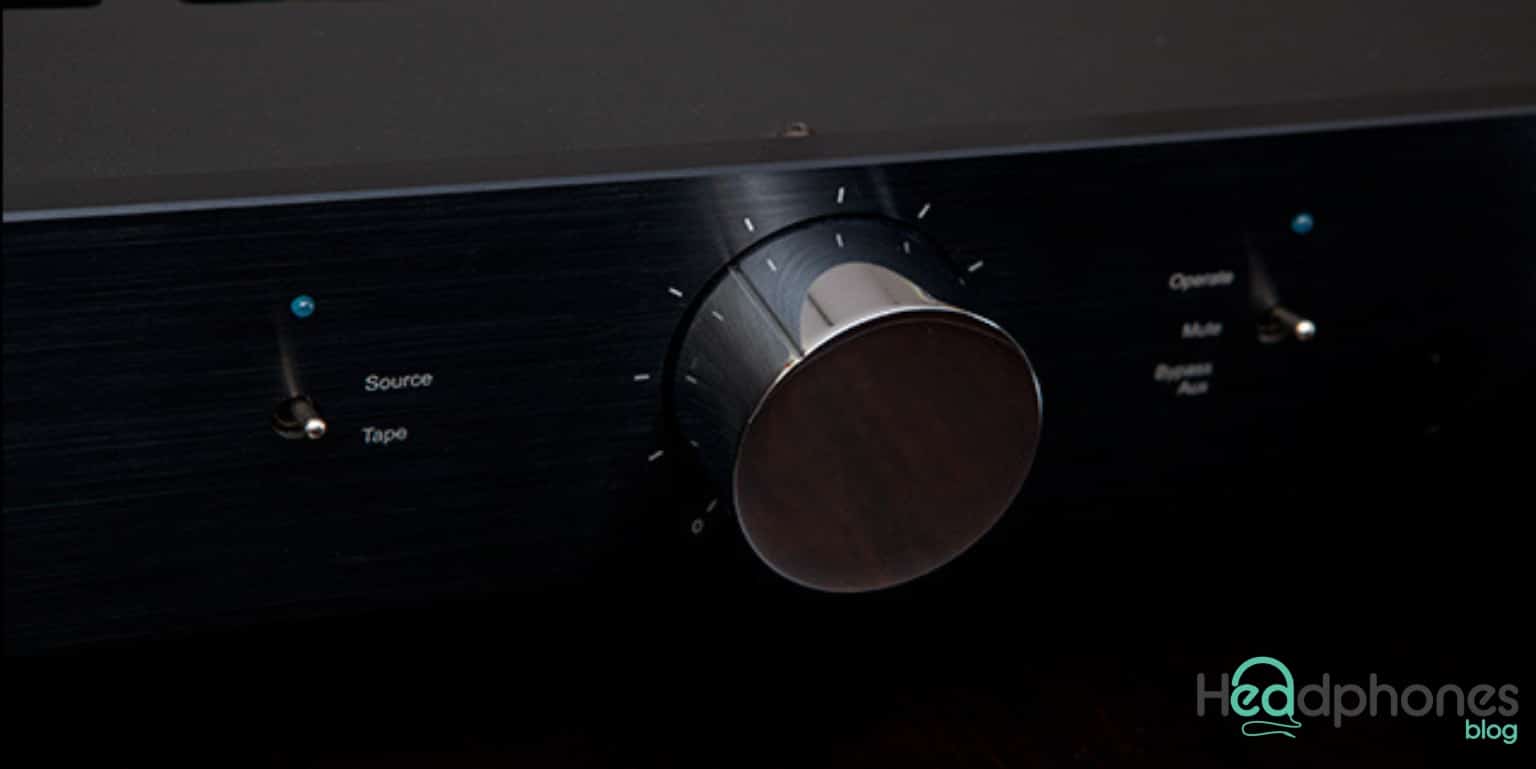
When selecting an AV receiver, you should first consider the size of your room. It is the foundation: you’ll use it to figure out how much power you’ll need, how many channels you’ll need, and, finally, how much money you’ll need to spend to get them. We should state right away that asking how big a room is akin to asking how long a piece of string is – there are no hard and fast rules, no industry-standard guidelines. However, after testing dozens of AV receivers and home theater systems, we’ve found figures that will satisfy most people.
You can categorize your room as small, medium, or large. A small room is less than 130 square feet. A medium room is between 130 and 250 square feet, and anything larger than 250 square feet is considered a large room. If you don’t have access to your home’s floor plan, the simplest way to do this is to use a tape measure to measure the length and width of your room and multiply the two numbers together. Don’t be concerned if your room has an irregular shape; there’s plenty of room for error here. Also, don’t be concerned about the actual furniture in the room. You’re good to go as long as you know the size.
2. How Many Channels Are Required?

Before we continue, keep in mind that our goal is to limit the number of features on your AV receiver. Why? Because the more features it has, the more you will have to pay. It’s pointless to pay for features you’re not going to use, and if you want to buy the best audio receiver, the most important feature to consider is the channels.
An audio receiver’s channel represents one speaker that it can power. A receiver with five channels can power up to five speakers. It will be able to power seven speakers if it has seven channels. The number on the left of the period refers to the number of speaker channels a receiver can power, while the number on the right refers to the number of subwoofers it can connect to. Yes, you can have multiple subwoofers, and it’s as much fun as you think. The Sony STR-DH590, our current pick for the best budget audio receiver, is a 5.2 system with five speaker channels and two subwoofers.
Most audio receivers come in two flavors: 5.1 and 7.1. Most audio receivers on the market will fall into one of these categories, as this is the preferred setup for most people. As you’ve probably guessed, the number of speaker receiver you can use is determined by the size of your room. It’s fine to cram seven speakers into a small space. You’ll suffocate the sound and the room with speakers and speaker wires. If you have a small or medium-sized room, a 5.1 system will suffice if you have a large or medium-sized room close to 250 square feet.
One thing to consider is whether you intend to move soon or if you intend to relocate the system to a larger room. If this is the case, investing in a 7.1 receiver that can comfortably run a basic 5.1 setup may be worthwhile until you decide to upgrade. And you can certainly upgrade. Currently, audio receivers can support 13 channels, which is incredible. And exorbitantly priced.
3. How Much Strength Do You Require?

Every receiver generates electrical power, which is measured in watts. These watts are required to power your speaker receiver. Some AV receivers are more powerful than others, and the more power you have, the more money you will have to pay. But how much power do you require?
For whatever reason, receiver manufacturers always present power as two channels driven – the amount of power the receiver produces when only two channels are active. That doesn’t make sense – after all, we’re driving five, possibly seven channels – and you’d be completely correct. It makes no sense. For example, the Marantz SR6015, one of the best receivers on the market, has a rated output power of 110 watts for two channels but no rating for when it’s running on all channels.
It precludes us from selecting a receiver based on power output until we realize it doesn’t. Most modern receivers can power almost any home theater system to comfortable volume levels without the sweat. That is simply a fact of modern technology. What this means for you is that you should choose a receiver with the lowest power rating possible. The lower the power output, the less money you’ll spend.
The Marantz mentioned earlier has far too much power for a smaller room. Even if we did obtain the output figure for all channels, it would be excessive. It is optional to have 110 watts of two-channel power. You’ll need something like the Denon AVR-S650H, a $430 receiver with 75 watts of power. You can get away with murder if you have the correct number of channels for your speaker setup. It is slightly less true if you have a large room (over 250 square feet).
There are other reasons for Marantz’s high price, such as high-quality internal components and additional features, but the main takeaway is this: you should choose a receiver that outputs the appropriate power for your room. And that means wielding the least amount of power possible.
4. Room Calibration and Sound Quality

The higher the price of an AV receiver, the better the sound quality is likely. While this is not a universal truth, it is a good starting point. Less expensive receivers are more likely to use off-the-shelf components, whereas more expensive models are more likely to use higher-quality components. These components will improve audio quality. While almost any audio receiver on the market today has passable sound quality, you can significantly improve if you spend a little more. In our regularly updated list, we’ve broken down where the best audio receivers of this year succeed – and where they fail – in terms of sound quality.
Room calibration is a clever feature found on even low-cost receivers. It is a feature that uses an external microphone (usually included with the receiver) to measure the reflections in your room and adjust the receiver’s sound accordingly. It’s a useful feature, especially if your room has an awkward or unusual shape. You should definitely get it if you can afford a receiver with it, such as the Denon AVR-S740H. It can make a significant difference.
5. HDMI inputs and 4K resolution
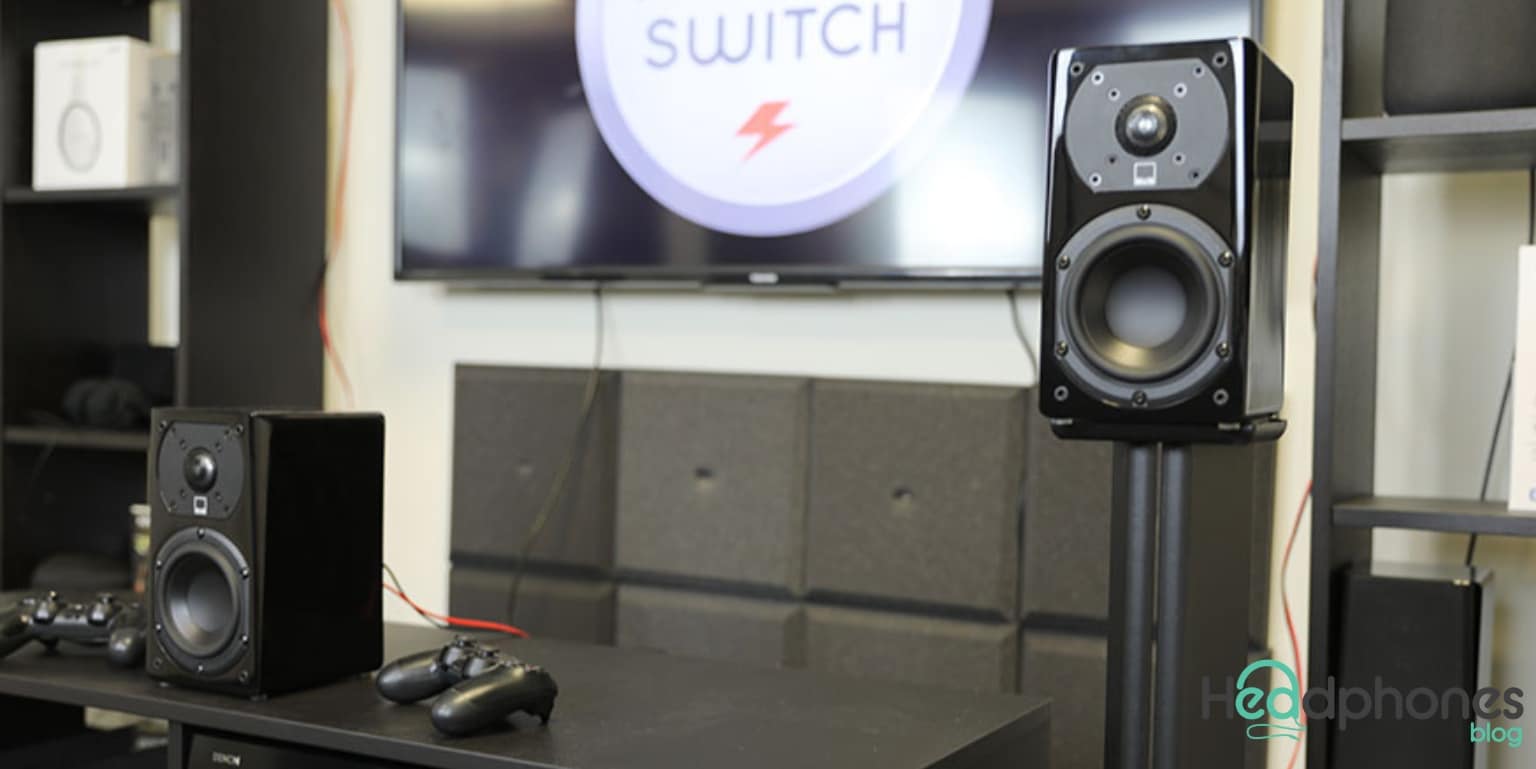
Every receiver will have a rear bank of HDMI inputs and outputs and a couple on the front. HDMI will connect your sources to your AV receiver, such as a console or Blu-ray player, and the receiver to your TV. HDMI is a common connection in the home theatre world, so you should consider it when selecting an AV receiver. However, as with everything else on this list, having more means paying more. There’s no point in purchasing a seven-input HDMI AV receiver if you only have one console to connect it.
While leaving room for future upgrades is always a good idea, you should select a receiver with the required inputs. You’ll have to pay more for the ones you don’t use. For comparison, it’s common to find a receiver with at most four HDMI inputs.
Do you use your TV to watch 4K content? If this is the case, you should look for a receiver that supports HDMI 2.0a or HDCP 2.2. It allows the correct visual data to pass from your receiver to your TV, resulting in the clearest picture possible. Here’s a lot more information on what 4K is and how it works.
6. Dolby Atmos and DTS:X
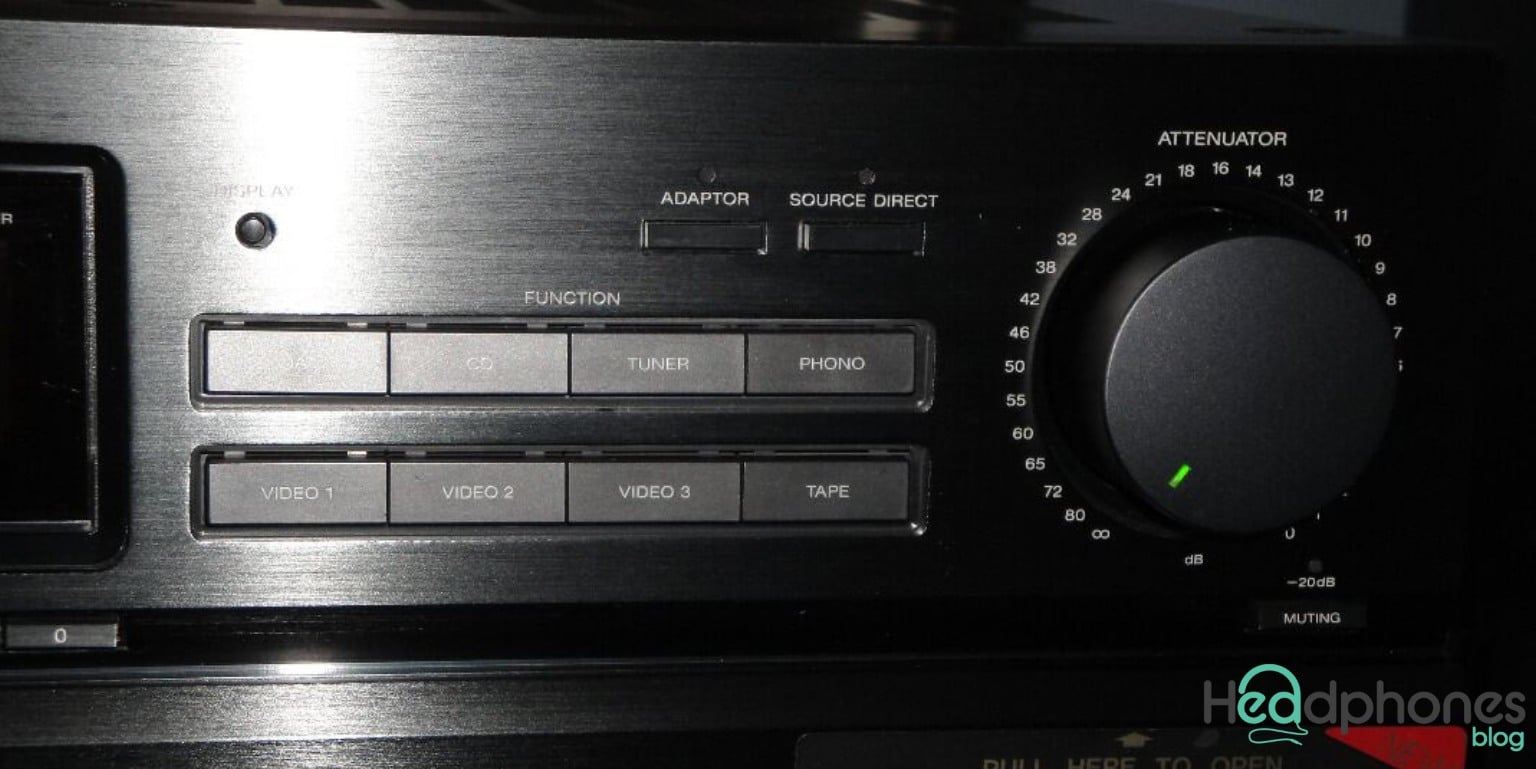
Surround sound does not happen by itself. It is based on a codec, your receiver’s software program to determine which sound goes where. There are dozens of surround sound codecs available, but only two that you should be aware of: DTS:X and Dolby Atmos. They are both slightly different, and it is important to understand the differences so you can select the appropriate receiver.
DTS:X is ideal for smaller 5.1 or 7.1 setups lacking height speakers. It offers superior surround sound for these setups and is far more widely available than its main competitor, Dolby Atmos. That codec produces significantly better sound, but it depends on height speakers and will not work without them, whereas DTS:X will. Consider this: DTS:X is better for smaller setups, whereas Dolby Atmos is better for larger rooms that can accommodate height speakers. If you’ve been to a movie theater recently, you’ve probably heard Dolby Atmos.
When selecting a receiver, make sure it can support your preferred surround sound codec.
7. Bluetooth and Wi-Fi are both available.
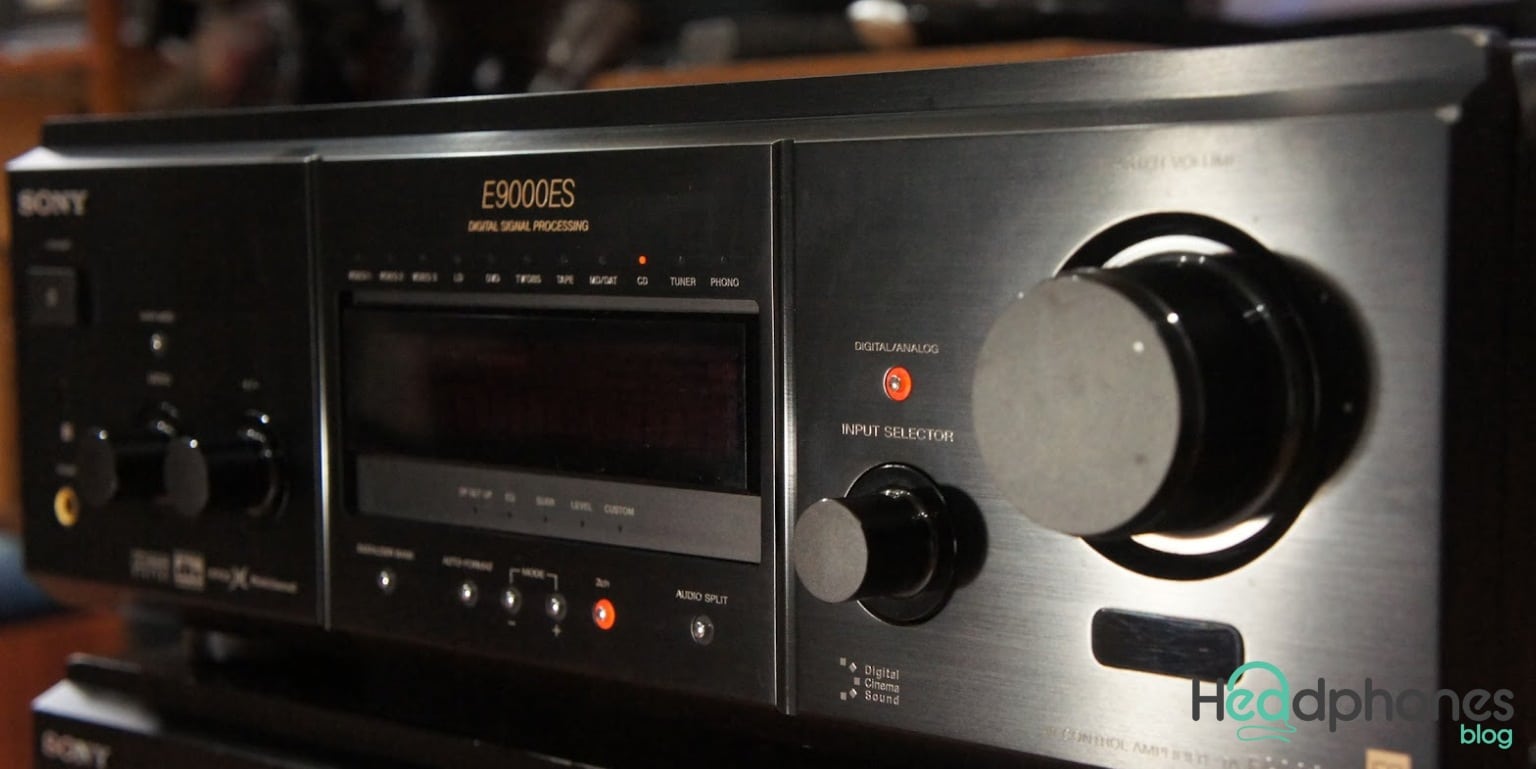
Nowadays, it isn’t easy to find an AV receiver that doesn’t have some kind of wireless connectivity, whether it’s Bluetooth or Wi-Fi. This can be useful in various ways, including sending content to a receiver from an external device, such as a phone, and playing music. If you use streaming services like Spotify, you can also use your AV receiver and surround speakers as a music system. Only budget models, such as the Pioneer VSX-534, lack Bluetooth and Wi-Fi; even then, Bluetooth is likely to be included. If the receiver you want does not have wireless connectivity, you should pass on it.
8. Wireless Music and Second-Zone Audio

Receivers frequently boast about being able to power multiple ‘zones’ of speakers. It means that a receiver can transmit two separate audio streams simultaneously. You might be watching a movie in one room while your child is listening to music in another. It requires a receiver capable of 7.1 sound and a dedicated multiroom feature.
While this may sound appealing, in our experience, it is only sometimes worthwhile. It is due to inherent limitations, such as most receivers’ inability to send digital audio to the second zone. Listening through a turntable is fine, but anything else will be difficult. You’ll also need to run the speaker wire into the second room. Given these concerns, purchasing a receiver solely for its ability to play music in multiple zones doesn’t make sense. There are far easier ways to accomplish this, such as purchasing a good set of wireless speakers.
9. Stereo Amps vs. Audio Receivers
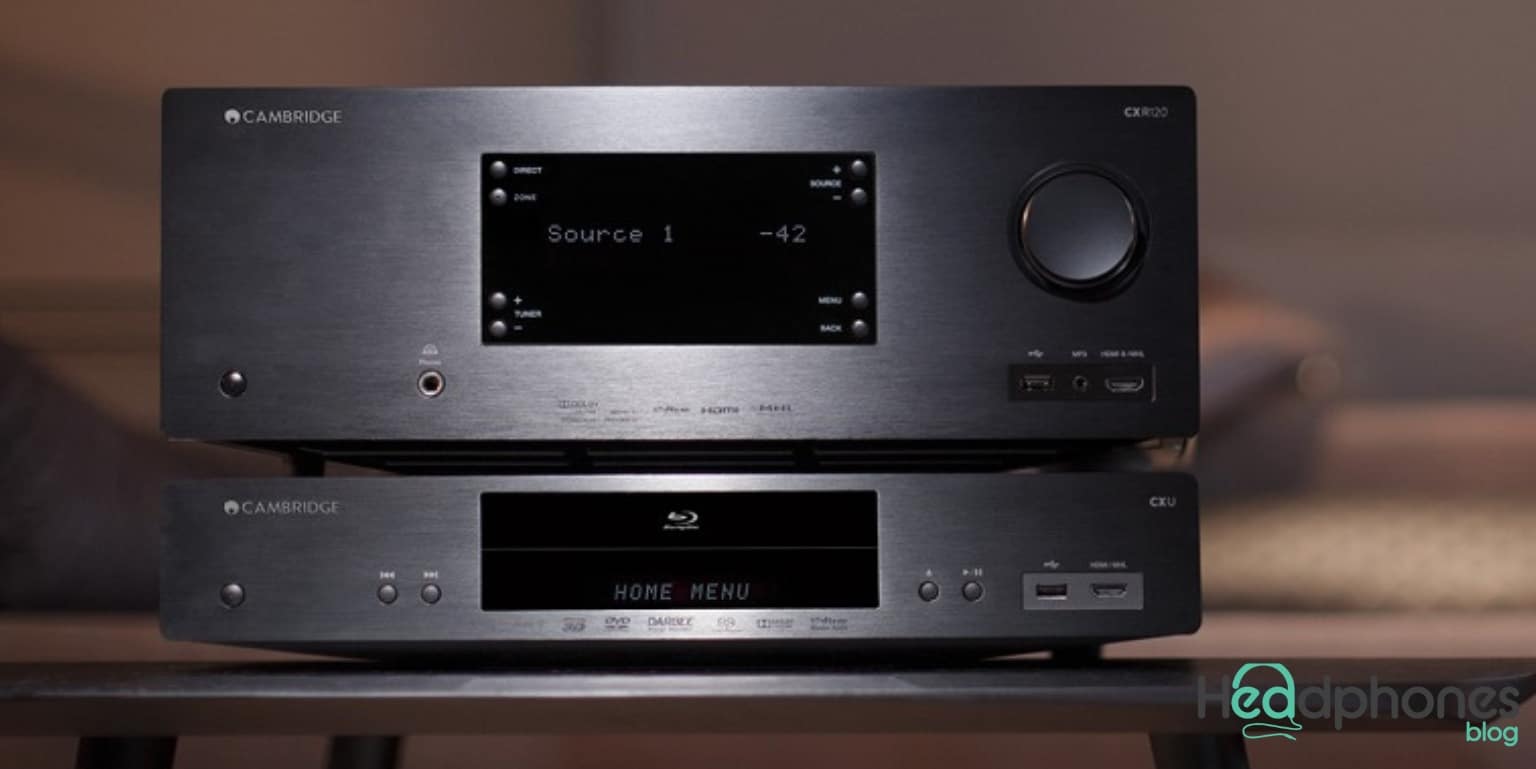
Fortunately, the distinction is straightforward. A stereo amp is intended to power only two speakers and a subwoofer, making it ideal for use in a home theater system. It will not be able to run a surround sound system like an AV receiver, which has up to five channels and can handle surround sound. You will be bound if you purchase a stereo amp for your home theater system. There are, however, some fantastic models available if you want to buy one for your hi-fi setup.
10. How Much Are AV Receivers?
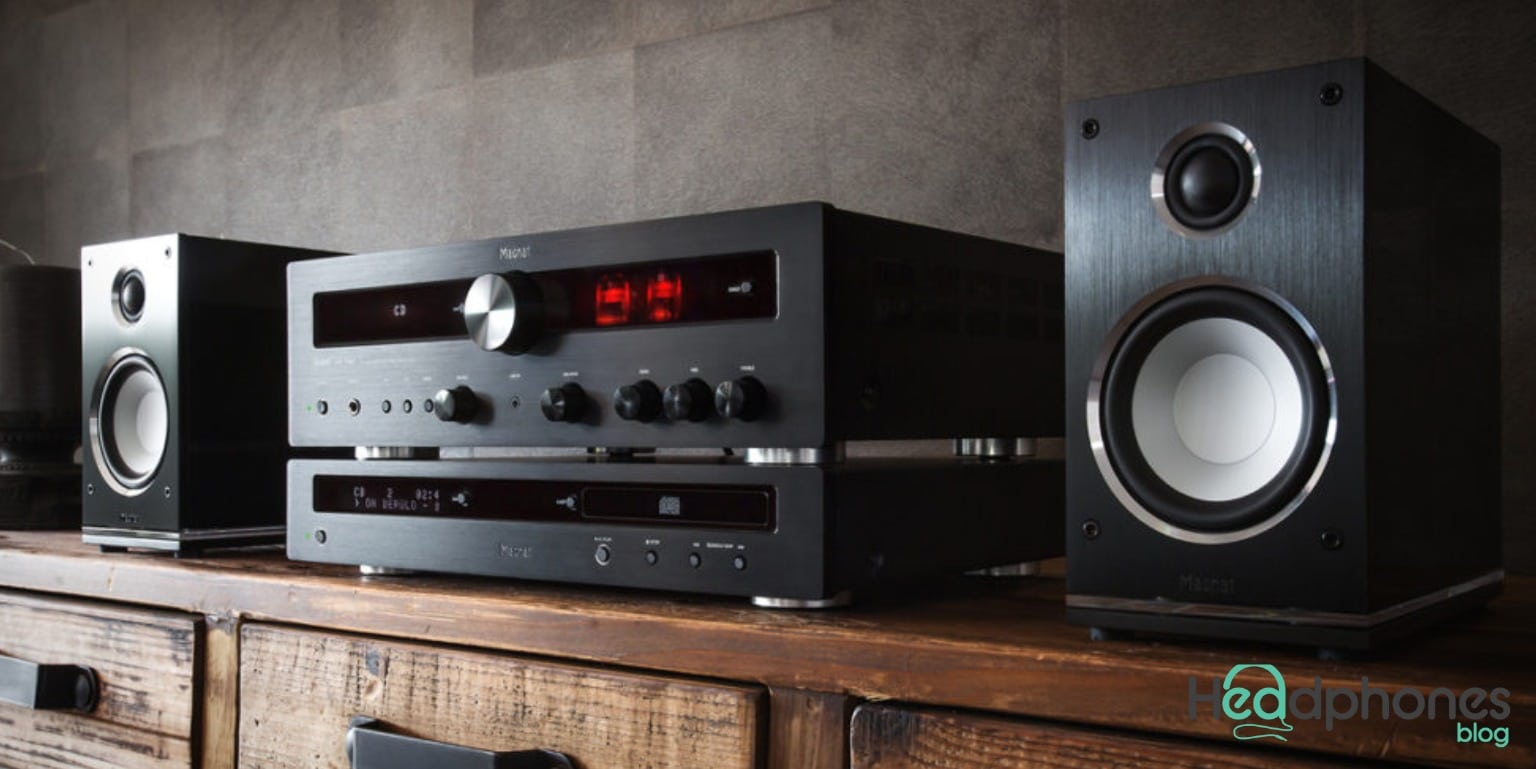
A good AV receiver does not have to cost a lot of money. While they are undeniably complex pieces of technology, a good one can be had for as little as $250. It’s difficult to find a model for less than that price unless you look second-hand – things get slightly below that price point. You can also spend four figures on an AV receiver without breaking a sweat. We discovered that the most rewarding models cost between $1,000 and $2,000, though some receivers, such as this monstrous 13-channel Denon AVR-X8500H, can cost more than $4,500.
It’s unusual to come across AV receivers that cost more than this. A surround sound processor, essentially an AV receiver without any amps attached can be purchased. You’ll only buy one of these if you have a massive system with separate amps for each speaker, and even then, price is unlikely to be an issue. AV receivers, by the way, are a product that can be purchased almost anywhere – even your local drugstore should have a few in the electronics section, and there will be many more available online.
Buying Guide in Selecting Audio Receiver

Before selecting the best A/V Receiver for yourself, keep the following factors in mind! Consider the following:
1. Available Connection Types
As previously stated, various input/output options are available for use as and when required. You should purchase a receiver with more connection options because you never know when you will require a specific type of connection. More expensive receivers have more connection options than less expensive ones.
Not only does the type of connection matter, but so does the number of available connections. For example, if you only have one HDMI port, you must choose between a Blu-Ray player and a PlayStation, whereas if you have four HDMI ports, you can use both and other devices. It is preferable to be prepared than to have to make unnecessary upgrades.
2. Number of Channels
We’ve already discussed the concept of ‘channels’ above. The more channels you have, the more immersive your sound experience is. You can choose from a 2.0 to 7.2 channel system-supported receiver, but we recommend using the receiver that is compatible with the most powerful system.
You can always upgrade from a 2.1 to a 7.1 system without replacing your AV receiver. We recommend at least five channels to truly enjoy your home theatre system.
3. Interaction
What good are your high-quality, expensive receivers if you don’t know how to use them properly? You should always choose receivers that are simple to use so that you fully understand what you’re doing. It could mean the difference between getting the best output and being completely unaware of your receiver.
Some high-end receivers have graphical interfaces for main menu navigation, which makes them much easier to use. This interface can be used to properly configure and operate your receiver.
4. Power
It should be no surprise that a receiver with more power will outperform one with less power. The power level determines the volume level and the level of clarity and details your receiver can reproduce from stereo sources.
There are numerous factors to consider when determining the appropriate power level for your receiver. One of them is speaker sensitivity. A low-sensitivity speaker will require a higher-power receiver, whereas a high-sensitivity speaker will require a lower-power receiver.
Also, the size of the room where you intend to install your home theater system will be critical. Halls and larger rooms will require more powerful receivers than smaller rooms.
Some receivers also allow you to add power amplifiers later if necessary. It is a better option because it ensures that any future need for excess power can be handled easily.
5. Wireless Options
When we think of receivers, we automatically think of cables and wires. That is no longer the case. Because of technological advancements, most high-quality receivers now include built-in wireless capabilities.
Consider listening to music in another room using equipment with a WiFi connection but not directly connected to your receiver via cable. The ultimate solution is a receiver that can be connected via WiFi. Most of these receivers have remote control software or apps that can be used on smartphones or computers.
Even if your receiver lacks built-in wireless capabilities, you can connect external equipment to give it the wire-free freedom it requires. Sonos, Yamaha, and Bose are leading manufacturers of such equipment. They allow you to go wireless and listen to radio stations worldwide via the internet.
6. Finances
How can we ever forget about the budget? When it comes to selecting the right receiver, budget is crucial! Not everyone is willing to spend much money to listen to music or watch television. Many receivers, regardless of price, will be able to meet your basic needs, but a more expensive receiver will almost certainly have more options than a less expensive one.
Spending more money will get you a receiver with more input/output options, allowing you to be more prepared for future additions to your home theater system. If you spend a little more, you can also get features like a graphical interface and wi-fi capabilities.
Frequently Asked Questions
Here are some of the frequently asked questions about audio receivers:
What exactly is an AV receiver?
An AV receiver is typically a surround sound amplifier that supports HDMI switching and audio and video playback. Most have tuners onboard as well. However, you can use an AV receiver simply as a stereo amplifier or connect as many speakers as you want.
What exactly is a stereo receiver?
Stereo receivers have two channels for dialing in studio-quality sound. We look at how well the receiver uses the power provided by a speaker setup. For smaller speaker setups that don’t require pinpoint accuracy, a 5.1 receiver surround format works well.
What is a Bluetooth audio receiver?
A Bluetooth audio receiver is a device that allows wireless Bluetooth transmission to wired devices that do not have it built in. For example, you can use an aux or RCA cable to connect the receiver to a non-Bluetooth device. The data is then transmitted to another device, such as Bluetooth headphones.
What cables will I require to connect my receiver to my television?
The cables you’ll need to connect your receiver to your TV will be determined by the number of output jacks on the TV. RCA cables will be required to connect sound to the receiver’s inputs. It’s also important to note that you’ll need a home receiver with auxiliary (“AUX”) input jacks.
How do I configure the audio system on my television?
After you’ve plugged everything in, turn on the soundbar, receiver, or whatever audio device you’re using, and then follow the external audio setup instructions on your TV. To hear the sound, select the input on your audio system to which the TV is connected.
What is the function of a receiver in a home theater?
The home theater is made possible by a receiver. It amplifies and organizes your audio and video sources, such as a CD player, Blu-ray player, or cable/satellite box. You connect your A/V equipment to the receiver to give your speakers sound and TV a picture.
What exactly is a video receiver?
An audiovisual receiver (AVR) is both an amplifier and an audio/video switching device that serves as the hub of your home theater. The most important aspects of your home theater are controlled by AVRs: what you see and hear. Consider your typical home theater.
What exactly is a stereo receiver with surround sound?
Sony’s surround-sound stereo receiver. A home theater’s audio/video (a/v) receiver and amplifier assembly performs the same function as the receiver and amplifier assembly in any stereo system: it receives signals from various input devices, such as a VCR, DVD player, or satellite dish.
What exactly is a home theater audio/video receiver and amplifier?
A home theater’s audio/video (a/v) receiver and amplifier assembly performs the same function as the receiver and amplifier assembly in any stereo system: it receives signals from various input devices, such as a VCR, DVD player, or satellite dish.
Conclusion
To summarize, an AV receiver is an extremely useful component of a home theater system. We have covered everything there is to know about audio receiver for your basic understanding. Read this guide before deciding on an AV receiver for your home theater system!
However, some equipment available these days allows you to refrain from using receiver. We recommend using receiver because they help keep your system in check. Combine the best power conditioner with your receiver to protect your expensive equipment! Please share any additional questions or suggestions in the comments section below!
We hope you found our article on the audio receiver helpful. If you have any questions or suggestions, please don’t hesitate to comment below, and we’ll do our best to respond. If you’re interested in finding more audio receivers, you can check our website headphoneblogs.com for various options suitable for any occasion.







